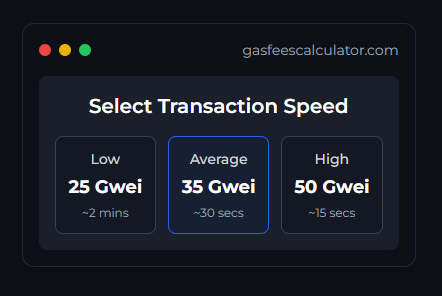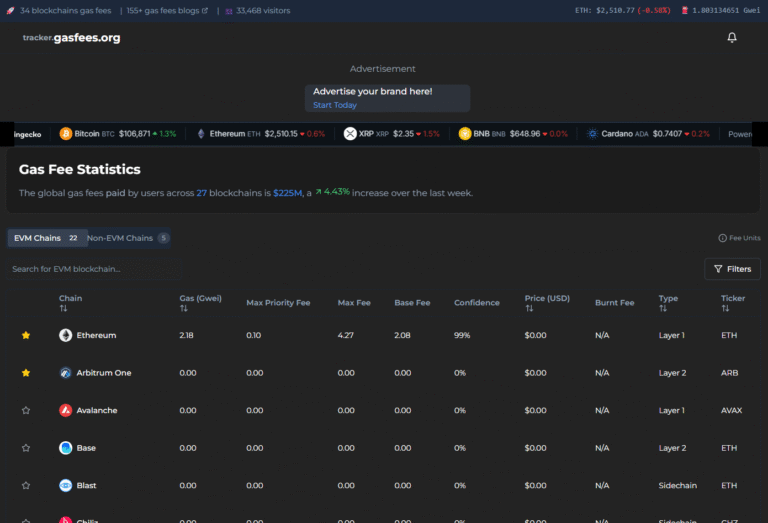Understanding Gas Fees: What You Need to Know in 2024
Ever wondered why your crypto transactions sometimes cost more than you expect? That’s where gas fees come in. These fees, essentially the cost for performing transactions or executing smart contracts on a blockchain, are crucial for maintaining network integrity. In 2024, understanding gas fees has never been more important for both new and seasoned crypto enthusiasts.
Recent trends show significant drops in fees for networks like Ethereum due to major upgrades. This makes it a great time to get familiar with how gas fees work and why they vary. Whether you’re trading tokens or diving into DeFi, grasping gas fees can save you money and frustration. Stay tuned as we break down the essentials to help you navigate the ever-evolving crypto landscape with confidence.
What are Gas Fees?
Gas fees are essential components of blockchain technology, especially in networks like Ethereum. They ensure that transactions are processed smoothly and the network is secured. This section will cover what exactly gas fees are and how they’re calculated.
Definition and Purpose
Gas fees refer to the costs associated with performing actions on a blockchain. These actions range from executing smart contracts to making simple transactions. Think of gas fees as the “transaction fees” you pay, but specifically for blockchain activities.
The primary purpose of gas fees is to compensate network validators. These validators are like the toll booth operators who ensure everything runs smoothly on the blockchain highway. Without gas fees, there would be no incentive for validators to process and verify transactions, leading to a stalled network.
How Gas Fees are Calculated
Calculating gas fees can be a bit complex as several variables come into play. Here’s a simplified breakdown:
- Computational Power: The more computational resources a transaction requires, the higher the gas fee. Simple transactions like sending cryptocurrency usually require less gas compared to executing complex smart contracts.
- Transaction Complexity: Each operation in a transaction has a specific gas cost. For example, storing data on the blockchain costs more gas than just reading data.
- Network Demand: Just like surge pricing in ride-sharing services, gas fees fluctuate based on network demand. If many users are making transactions simultaneously, gas fees can spike.
Here’s an excellent resource from Coinbase to understand the dynamic nature of gas fees.
It’s also worth noting that gas fees are paid in the native cryptocurrency of the network. For instance, on the Ethereum blockchain, gas fees are paid in Ether (ETH).
For a more in-depth explanation, this article from Kraken provides a thorough dive into the topic.
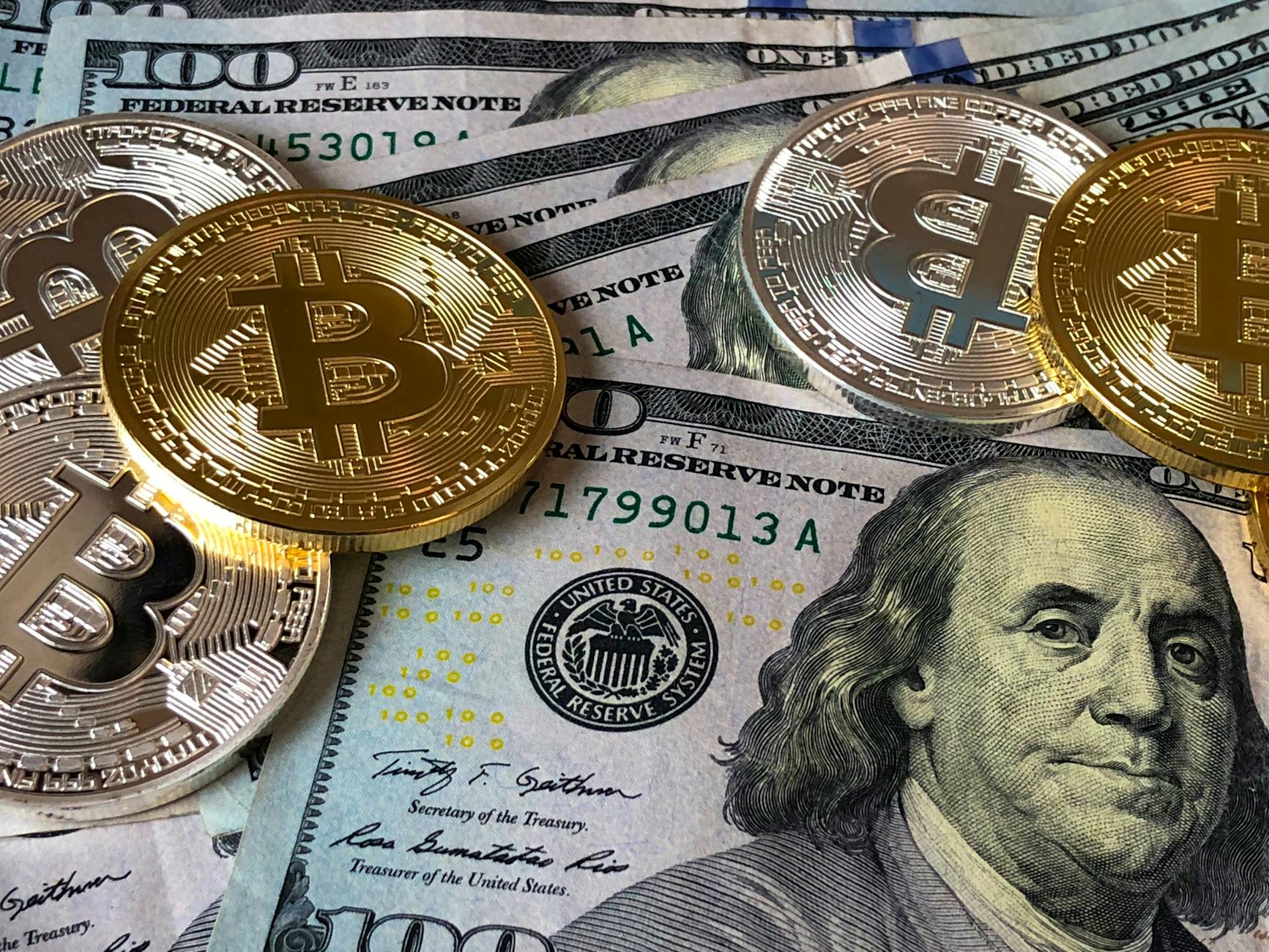
Understanding the nuts and bolts of gas fees can save you from unexpected costs and help you navigate the blockchain ecosystem more efficiently. Whether you’re a crypto newbie or an experienced trader, keeping an eye on gas fees is crucial for maximizing your returns and minimizing frustrations.
The Importance of Gas Fees in Blockchain
Gas fees play a critical role in the functionality and security of blockchain networks. These fees ensure that transactions are processed efficiently and deter bad actors from spamming the network. Let’s break down why gas fees are essential.
Ensuring Network Security and Efficiency
Gas fees help maintain a healthy and secure blockchain environment. Think of them as entry fees to a crowded amusement park. Without these fees, anyone could flood the park with fake tickets, causing chaos and long lines.
Gas fees serve two main purposes in this context:
Preventing Spam Transactions: Gas fees create a cost barrier that stops users from flooding the network with useless or malicious transactions. By requiring a fee for each action, the blockchain ensures that only serious transactions get processed. This is akin to paying for a concert ticket – it weeds out those who aren’t genuinely interested.
Incentivizing Miners and Validators: These fees also reward those who process and validate transactions. Miners and validators act like toll booth operators on a busy highway. Their job is to keep traffic moving smoothly, and without compensation, they wouldn’t have any reason to do this crucial work. The fees collected are their reward for maintaining the network’s integrity.
For more information on how gas fees prevent spam and incentivize validators, check out this detailed guide on Ethereum gas fees.
Impact on User Experience
The cost of gas fees can greatly influence how users interact with blockchain platforms. Imagine trying to drive on a toll road where the fee changes every few minutes. It would be frustrating, right? The same applies to gas fees in the blockchain world.
High Gas Fees: When gas fees are high, users might find it too costly to perform transactions. This is especially true for small transactions. High fees can deter users from using the blockchain, much like how high tolls can make you reconsider your route.
Low Gas Fees: On the flipside, when gas fees are low, the user experience improves. More people can afford to use the network for various activities, from trading tokens to engaging with decentralized applications (dApps). It’s like finding an open road with no tolls – people are more likely to use it freely.
To delve deeper into how gas fees affect users, this article on Ethereum’s gas fees provides valuable insights.
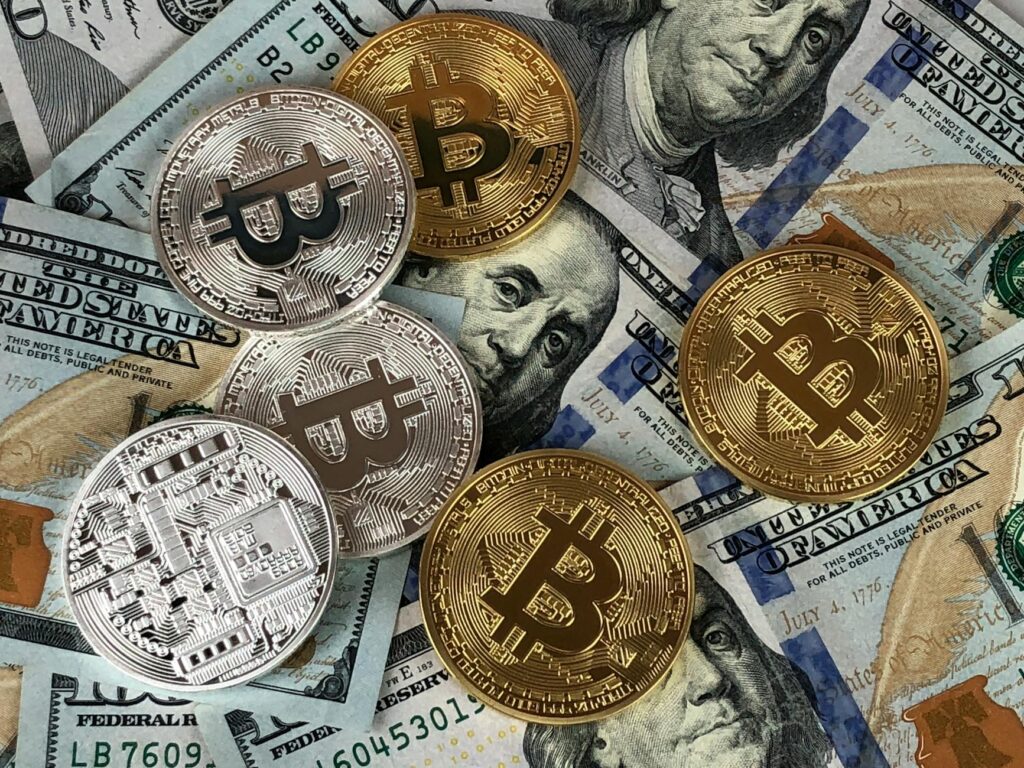
Understanding how gas fees work and their impact on both the network and users can make navigating the blockchain landscape much easier for everyone involved.
Historical Trends and Current State of Gas Fees
When you think about gas fees, it’s like considering the tolls you pay when driving on different highways. Sometimes the tolls are high, sometimes they’re low – and often they’re a mix of both depending on when and where you’re driving. Similarly, gas fees in the crypto world have seen ups and downs over the years.
Historical Gas Fee Trends
Over the years, gas fees have fluctuated significantly due to various factors. One major reason for these fluctuations is the level of network demand. When a blockchain network like Ethereum or Bitcoin is heavily used, gas fees tend to spike. Let’s walk through some of the key events that have driven these changes.
Key Events:
- 2017 Crypto Boom: During the massive crypto boom in 2017, gas fees on the Ethereum network skyrocketed. This was mainly because of the surge in Initial Coin Offerings (ICOs) that caused network congestion.
- DeFi Summer 2020: The summer of 2020 saw the rise of Decentralized Finance (DeFi) platforms. This pushed gas fees to new highs as thousands of users interacted with complex smart contracts.
- EIP-1559 Upgrade in 2021: Ethereum’s upgrade introduced a burning mechanism for a portion of the gas fee, which aimed to stabilize and reduce fees. This led to more predictable but occasionally still high fees.
- Ethereum 2.0 Staking: The transition to Ethereum 2.0 and staking mechanisms promised lower fees. However, the full upgrade is still rolling out, so the impact is gradual.
- NFT Craze in 2021-2022: The explosion of NFTs also caused congestion, driving fees up as users competed to mint and trade digital art.
These events highlight how external influences, from market trends to technological upgrades, affect gas fees.
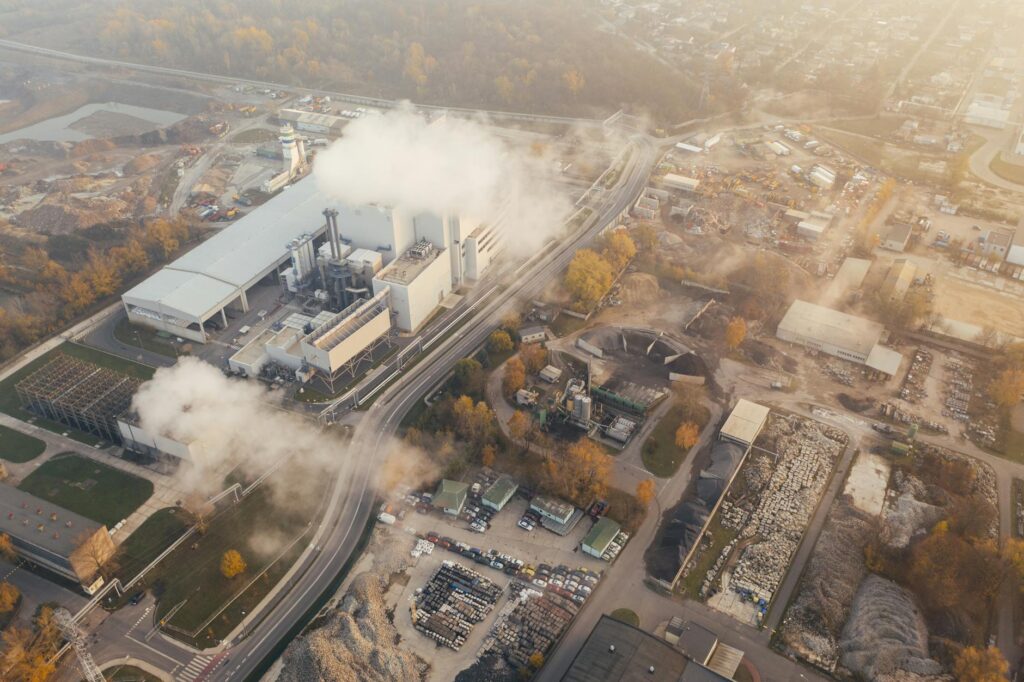
For a detailed historical view, you can check out the Ethereum Average Gas Price Daily Insights.
Current Gas Fee Statistics
As of 2024, gas fees have taken a remarkable turn. With significant advancements in blockchain technology, fees have become more manageable for everyday users. Here are some of the latest statistics:
- Ethereum Network: The average gas fee for Ethereum transactions is now around 4 Gwei. This is a stark contrast to the peak times when fees were over 200 Gwei during the height of the DeFi boom. The Ethereum network’s daily usage still fluctuates, but the introduction of layer 2 solutions like Optimism and Arbitrum has helped reduce costs.
- Bitcoin Network: Bitcoin’s transaction fees have also stabilized. Currently, users are paying around $1 to $2 per transaction, which is much lower than the highs seen during 2017 and 2021.
- Other Blockchains: Networks like Binance Smart Chain (BSC) and Polygon (MATIC) offer even lower fees, often just a few cents per transaction. These alternatives have gained popularity for users looking for cost-effective ways to transact.
Here is a useful resource for current Ethereum gas fees to keep you updated with the latest numbers.
It’s clear that while gas fees can still be a significant cost, ongoing improvements in blockchain technology are making transactions more affordable. Keep these historical trends and current stats in mind next time you’re planning a transaction ��� it could save you a lot in fees!
Factors Influencing Gas Fees
Gas fees fluctuate due to a variety of factors. Understanding these influences can help you better manage your costs when using the blockchain. Let’s explore some of the key factors that impact gas fees: network congestion and transaction complexity.
Network Congestion
Network congestion is a major factor that causes gas fees to rise. Think of it like rush hour traffic. When too many cars are on the road, travel time increases, and similarly, when too many transactions are being processed on the blockchain, gas fees go up.
- High Demand Equals High Fees: When lots of people are trying to make transactions at the same time, the demand for gas increases. Just like how tolls on a bridge might go up during peak hours to manage traffic, gas fees rise to ensure the network doesn’t get overwhelmed. According to Coinbase, the fluctuations in gas prices are primarily driven by supply and demand dynamics.
- Limited Block Space: Each block in the blockchain has a limited amount of space for transactions. When this space is scarce, miners prioritize transactions that offer higher gas fees. This is much like bidding for limited seats at a popular concert; the highest bidders get in first.
For a detailed explanation of how gas fees work on Ethereum, you can check out Investopedia’s article.
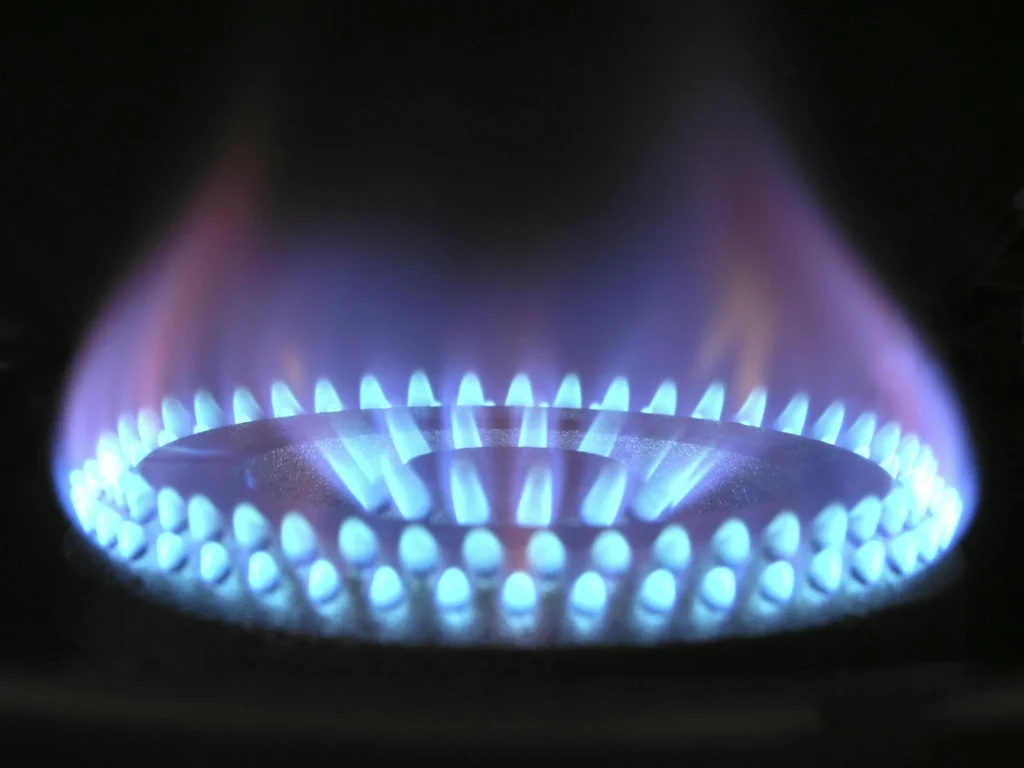
Managing when you transact can help you avoid peak times and reduce fees. This can be likened to choosing to do your shopping during off-peak hours to avoid the rush and get through the checkout faster.
Transaction Complexity
Another significant factor influencing gas fees is the complexity of the transaction. Not all transactions are created equal, and the more complex they are, the more gas they require.
- Simple vs. Complex Transactions: Sending ETH from one wallet to another is relatively simple and therefore incurs lower gas fees. However, executing a smart contract, such as those used in DeFi platforms, requires more computational power. This is analogous to comparing sending a text message with streaming a high-definition movie; the latter requires more bandwidth and processing power.
- Operations Performed: Every operation in a transaction, from adding two numbers to storing data, requires a certain amount of gas. For example, according to ZenLedger, reading data from the blockchain is cheaper than writing data to it. More complex transactions that involve multiple operations or call various smart contracts will naturally cost more.
The more detailed an activity, the higher the gas fee. It’s like hiring a handyman: patching a hole in the wall is cheaper than remodeling your entire kitchen because the latter is much more labor-intensive.
Understanding these aspects can help you plan and budget for your blockchain activities more effectively. Whether you are a user trying to save on fees or a developer optimizing a smart contract, knowing what drives these costs is crucial.
Strategies to Minimize Gas Fees
Gas fees can be a significant expense when using blockchain networks like Ethereum. However, with a bit of strategy, you can minimize these costs and make your transactions more efficient. Here are some effective ways to reduce gas fees:
Timing Transactions
Timing your transactions can make a big difference in the amount of gas fees you pay. Just like avoiding traffic jams by driving during off-peak hours, you can save on gas fees by making transactions when the network is less busy.
Avoid Peak Times: Gas fees fluctuate throughout the day based on network demand. By tracking the gas prices, you can find the best times to transact. For example, gas fees are typically lower during early mornings or late nights. According to a Reddit post, fees are often lowest between 5am-8am CET.
Use Gas Price Estimators: Websites like Etherscan offer real-time gas price estimations. These tools can help you decide the optimal time to make a transaction, ensuring you pay the least amount of fees possible.
Batch Transactions: Instead of making multiple small transactions, try to batch them into one. This can reduce the overall gas fee since you are combining multiple actions into a single transaction.
For more detailed tips on optimizing transaction timing, check out this comprehensive guide.

Using Layer 2 Solutions
Layer 2 solutions are designed to alleviate congestion and reduce costs on the main Ethereum network. They handle transactions off the main chain, which can significantly lower gas fees.
Rollups: Rollups are a popular Layer 2 solution that bundles multiple transactions into a single batch. This reduces the amount of data that needs to be processed on the main chain. For instance, both Optimism and Arbitrum use optimistic rollups to increase throughput and cut down costs.
Sidechains: Sidechains are separate blockchains that run parallel to the main Ethereum chain. They offer lower gas fees by processing transactions independently. Popular sidechains include Polygon (MATIC) which provides a seamless way to transfer assets with minimal fees.
Layer 2 Apps: Many applications are now being built on Layer 2 solutions to offer cheaper transactions. For example, decentralized exchanges (DEXs) like Loopring leverage Layer 2 technology to facilitate trades with lower fees.
Layer 2 solutions can dramatically reduce gas fees and improve transaction speeds. For a deeper dive into how these technologies work, ZenLedger provides an excellent overview.

By timing your transactions and utilizing Layer 2 solutions, you can effectively minimize the gas fees you pay on the Ethereum network. These strategies not only save you money but also make your blockchain interactions smoother and more efficient.
The Future of Gas Fees
As we look to the future, gas fees remain a hot topic in the crypto world. With innovations on the horizon and new blockchains emerging, here’s a look at what’s next for gas fees.
Scalability Solutions
One of the most anticipated advancements in the blockchain space is Ethereum 2.0. This upgrade aims to solve the scalability issues that have plagued Ethereum, leading to high gas fees.
Ethereum 2.0 introduces sharding, which splits the database into smaller pieces called shards. This allows for more transactions to be processed simultaneously, lowering gas fees. Think of sharding like adding more lanes to a highway to reduce traffic jams. With sharding, the Ethereum network can handle more users and transactions without the congestion that drives up costs.
In addition to sharding, Ethereum 2.0 will also implement Proof of Stake (PoS), replacing the current Proof of Work (PoW) model. PoS is more energy-efficient and doesn’t require miners to solve complex puzzles, thus reducing gas fees. This shift is like moving from gas-guzzling cars to electric vehicles—cleaner, cheaper, and more efficient.
For more on how Ethereum 2.0 aims to tackle gas fees, check out this detailed article.
Adoption of Alternative Blockchains
The crypto world isn’t just waiting on Ethereum 2.0. Many are turning to alternative blockchains that offer lower fees and faster transactions. These blockchains present new avenues for reducing gas fees across the industry.

Popular Alternatives Include:
- Binance Smart Chain (BSC): Known for its low transaction costs and speed, BSC has become a favorite for developers and users alike. It’s like finding a toll-free highway that gets you to your destination quicker and for less money.
- Polygon (MATIC): This solution aims to provide scalable and low-cost transactions. Polygon operates as a layer 2 solution, working alongside Ethereum to improve performance without hefty fees.
- Solana: With its high throughput and minimal fees, Solana is often compared to the fast lanes on a highway—smooth and quick.
These blockchains are not just alternatives but are shaping the future landscape of crypto transactions. As more users and developers adopt these networks, the overall demand on Ethereum may decrease, indirectly lowering its gas fees.
To explore more about alternative blockchains and their impact on gas fees, visit this insightful post.
Understanding these future trends can help you navigate the evolving world of gas fees. Whether it’s through Ethereum’s advancements or switching to alternative blockchains, the future promises more efficient and cost-effective crypto transactions.


